What is a chatbot? Companies use chatbots to engage with customers alongside the classic customer service channels of phone, email, and social media. Their popularity is on the rise: service organizations have increased their adoption of chatbots — often powered by artificial intelligence (AI) — by nearly two-thirds since 2018, according to Salesforce’s State of Service report.
In the workplace, businesses use chatbots to boost agent productivity and efficiency in a range of ways. Chatbots quickly give service reps the information they need, serving up relevant resources even as the context of a conversation changes. Chatbots also speed up self-service options for customers and resolve common issues such as checking claims status, modifying orders, and more.
What is a chatbot?
Technically speaking, a chatbot (derived from “chat robot”) is a computer program that simulates human conversation, either via voice or text communication.
These programs can be customized and used in a variety of ways. Most of us are familiar with bots for customer service in our consumer lives, and also with popular chat and messaging platforms like SMS, Facebook Messenger, WhatsApp, and WeChat.
With chatbots, people can have a conversation with a person (a sales rep or a support agent, for instance), or interact with a software program that helps them find answers quickly. Most importantly, a chatbot can influence a customer relationship by responding to requests faster while meeting customer expectations.
With the potential for delivering instant responses around the clock, chatbots free up customer support teams to apply their emotional intelligence to more complex queries.
How do chatbots work?
One of the earliest examples of a chatbot was a program called ELIZA, built by Massachusetts Institute of Technology professor Joseph Weizenbaum in the mid-1960s to simulate a psychotherapist. Using keywords and pattern matching, ELIZA responded to a user’s typed questions with simple open-ended replies, based on a script.
Later chatbot models included SmarterChild, offered as part of the desktop version of AOL Instant Messenger in the early 2000s. SmarterChild was a rudimentary digital assistant, retrieving requested information like movie showtimes and weather reports.
Over the years, developers have incorporated more sophisticated techniques to enable chatbots to better understand people’s questions and provide more useful responses.
While today’s bots still can’t handle all customer queries, they can respond to frequently asked questions or perform straightforward tasks.
“Out of the pool of problems your customers have, there are some that are best suited for a talk with a human. But that’s not something as common as ‘reset my password.’ Agents’ time is precious, so save them for the complex stuff … Let the chatbot take care of the simpler jobs,” wrote Greg Bennett, conversation design principal at Salesforce.
The simplest form of a chatbot system tackles tasks by parsing customer input, then scans its database for articles related to certain words and phrases. In short, it operates like a document retrieval system based on keywords. For example, a cosmetics company might create a bot that engages users with questions about their makeup preferences, then recommends products and offers that match their responses.
In these cases, the computer program behind the chatbot works to a rigid set of predefined rules and has little ability to recognize the way people naturally speak. Think about the times you may have typed a question into a website’s dialogue box and received an answer that didn’t make sense. That’s likely because the chatbot program recognized keywords in your request, but not the context in which they were used.
What is an artificial intelligence (AI) chatbot?
Chatbot systems have become much more sophisticated, thanks to significant advances in the field of artificial intelligence (AI). By harnessing enormous amounts of data and cheaper processing power, AI and related technologies — such as machine learning — help to dramatically improve chatbots’ quality of understanding and decision-making.
When chatbots are connected to technologies such as NLU, they can learn more complex ways of simulating human conversation, such as maintaining context, managing a dialogue, and adjusting responses based on what comes up in the conversation.
An AI-powered bot can also be trained to actively learn from any interaction with a customer to improve performance during the next interaction. For example, such systems can be trained to recognize customer frustration and transfer complex interactions or problems to a human in the company’s support center.
How are AI chatbots and automation used in business?
AI chatbots can be custom-built to meet a range of specific business needs in both business-to-consumer (B2C) and business-to-business (B2B) environments. Thirty-eight percent of decision-makers say their organizations use chatbots. Here are the most widely used business cases:
Call center support:
By interacting with an AI chatbot via a call center application, customers can help themselves without speaking to an agent. They complete tasks such as changing a password, requesting an account balance, or scheduling an appointment.
Enterprise support:
Chatbots can integrate with a company’s back-end systems, such as inventory management or customer relationship management (CRM). AI bots help sales reps quickly access phone numbers, or human resources teams perform faster employee onboarding.
Digital personal assistants:
Chatbots help consumers navigate their daily lives and expedite activities such as ordering groceries or booking a vacation from a mobile device or browser. Apps such as Siri or Microsoft’s Cortana, or products like Amazon Echo with Alexa, or Google Home, all deploy chatbots to play the part of personal assistant.
Business benefits of chatbots include reducing costs by enabling self-service in simple scenarios, delivering relevant information faster, and improving the customer experience.
Automation, including the implementation of AI-powered chatbots, also helps service teams find relief from increasing customer demands. In the contact center, repetitive, manual tasks slow agent productivity and frustrate customers. Automation with chatbots speeds things up. The majority of service professionals describe the following activities as mostly automated.
- Basic information gathering
- Case classification and routing
- Recommendation of next-best actions
- Transcription of customer interactions
- Soliciting customer feedback
Are AI-powered chatbots important for customer experience?
Digital disruption is raising customer expectations. Consumers and business buyers are more informed and less loyal than their predecessors. They’re looking for personalized experiences based on trust and understanding, and they will shop around to find them.
Eighty percent of customers agree that the experience a company provides is just as important as its products and services, and 82% of customers expect to solve complex problems by talking to just one agent. The standard for quality, efficient experiences is higher than ever.
That’s where AI-powered chatbots come in. While chatbots can’t replace humans, they help speed up the customer support experience by answering easy questions and collecting important information that agents need to solve a case quickly.
More specifically, AI chatbots help companies deliver good customer service in the following ways:
Reduce customer wait time:
Chatbots reduce the time customers spend waiting in line. People get immediate answers to common questions in a chat window instead of waiting for an email, phone call, or response from another channel.
Resolve support cases:
Chatbots act as a company’s ally in the race to resolve support cases fast. They can immediately answer straightforward questions for customers to make them happier, and they can do this over and over again. Consequently, fewer cases get logged for support agents to resolve.
Serve up resources that customers need:
Chatbots can instantly welcome customers with a branded greeting in a chat window, for example, and efficiently direct them to the resources they seek.
Identify leads for the business:
By handling initial support interactions with a customer or prospect, AI-powered chatbots help open conversations for service agents to follow up. For example, a chatbot might ask a series of relevant questions and gather an email address, thus delivering a more qualified lead to a sales rep. They can then use this information to personalize future customer interactions.
A popular tactic for relieving agents of high-volume, low-complexity cases is deflecting them in the first place. Nearly two-thirds of service professionals credit self-service with easing case volume.
AI chatbots offer enormous potential when it comes to scaling personalized experiences. Personalization becomes even better as they get to know customers and use AI to predict their next action.
What’s next for chatbots?
From Facebook Messenger to WhatsApp to Slack, messaging apps draw in users and people use them extensively.
So what does this mean for chatbots? AI and chatbot technology will continue to evolve and usher in new text- and voice-enabled user experiences. High-performing service teams often develop AI chatbots to augment their human agents and deliver customer service support. In an age where the speed of service matters more than ever, chatbots help companies stay a step ahead.

